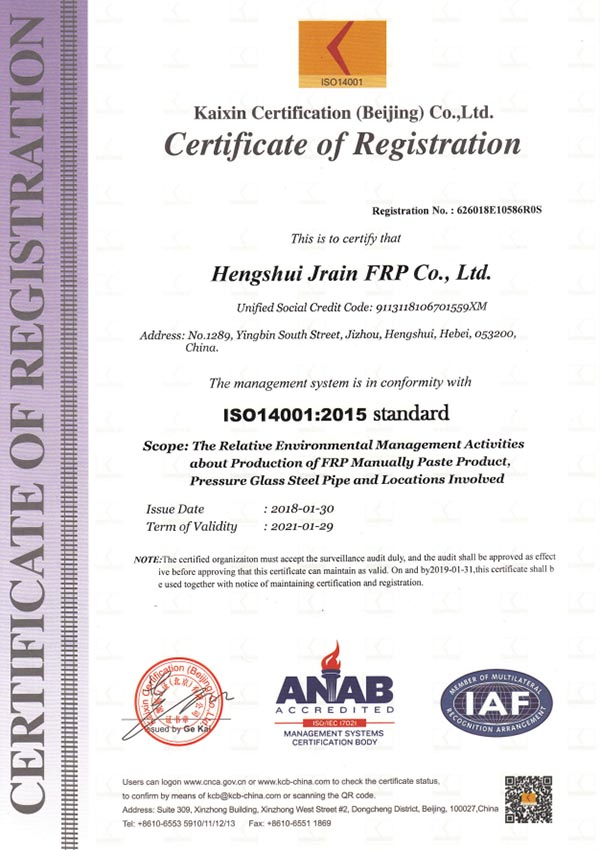
-
 Afrikaans
Afrikaans -
 Albanian
Albanian -
 Amharic
Amharic -
 Arabic
Arabic -
 Armenian
Armenian -
 Azerbaijani
Azerbaijani -
 Basque
Basque -
 Belarusian
Belarusian -
 Bengali
Bengali -
 Bosnian
Bosnian -
 Bulgarian
Bulgarian -
 Catalan
Catalan -
 Cebuano
Cebuano -
 China
China -
 China (Taiwan)
China (Taiwan) -
 Corsican
Corsican -
 Croatian
Croatian -
 Czech
Czech -
 Danish
Danish -
 Dutch
Dutch -
 English
English -
 Esperanto
Esperanto -
 Estonian
Estonian -
 Finnish
Finnish -
 French
French -
 Frisian
Frisian -
 Galician
Galician -
 Georgian
Georgian -
 German
German -
 Greek
Greek -
 Gujarati
Gujarati -
 Haitian Creole
Haitian Creole -
 hausa
hausa -
 hawaiian
hawaiian -
 Hebrew
Hebrew -
 Hindi
Hindi -
 Miao
Miao -
 Hungarian
Hungarian -
 Icelandic
Icelandic -
 igbo
igbo -
 Indonesian
Indonesian -
 irish
irish -
 Italian
Italian -
 Japanese
Japanese -
 Javanese
Javanese -
 Kannada
Kannada -
 kazakh
kazakh -
 Khmer
Khmer -
 Rwandese
Rwandese -
 Korean
Korean -
 Kurdish
Kurdish -
 Kyrgyz
Kyrgyz -
 Lao
Lao -
 Latin
Latin -
 Latvian
Latvian -
 Lithuanian
Lithuanian -
 Luxembourgish
Luxembourgish -
 Macedonian
Macedonian -
 Malgashi
Malgashi -
 Malay
Malay -
 Malayalam
Malayalam -
 Maltese
Maltese -
 Maori
Maori -
 Marathi
Marathi -
 Mongolian
Mongolian -
 Myanmar
Myanmar -
 Nepali
Nepali -
 Norwegian
Norwegian -
 Norwegian
Norwegian -
 Occitan
Occitan -
 Pashto
Pashto -
 Persian
Persian -
 Polish
Polish -
 Portuguese
Portuguese -
 Punjabi
Punjabi -
 Romanian
Romanian -
 Russian
Russian -
 Samoan
Samoan -
 Scottish Gaelic
Scottish Gaelic -
 Serbian
Serbian -
 Sesotho
Sesotho -
 Shona
Shona -
 Sindhi
Sindhi -
 Sinhala
Sinhala -
 Slovak
Slovak -
 Slovenian
Slovenian -
 Somali
Somali -
 Spanish
Spanish -
 Sundanese
Sundanese -
 Swahili
Swahili -
 Swedish
Swedish -
 Tagalog
Tagalog -
 Tajik
Tajik -
 Tamil
Tamil -
 Tatar
Tatar -
 Telugu
Telugu -
 Thai
Thai -
 Turkish
Turkish -
 Turkmen
Turkmen -
 Ukrainian
Ukrainian -
 Urdu
Urdu -
 Uighur
Uighur -
 Uzbek
Uzbek -
 Vietnamese
Vietnamese -
 Welsh
Welsh -
 Bantu
Bantu -
 Yiddish
Yiddish -
 Yoruba
Yoruba -
 Zulu
Zulu
frp fitting
Understanding FRP Fittings A Comprehensive Guide
In the realm of construction and engineering, the importance of using durable and efficient materials cannot be overstated. One such innovation that has gained significant traction in recent years is Fiber Reinforced Polymer (FRP) fittings. As industries strive for sustainability and efficiency, FRP fittings have emerged as a go-to solution for numerous applications.
What is FRP?
Fiber Reinforced Polymer (FRP) is a composite material made from a polymer matrix reinforced with fibers. The fibers are usually composed of glass, carbon, or aramid, which impart exceptional strength and rigidity to the polymer base. This composite material is known for its high strength-to-weight ratio, corrosion resistance, and durability, making it an ideal choice for a variety of settings, including construction, aerospace, and marine applications.
Benefits of FRP Fittings
1. Corrosion Resistance One of the most significant advantages of FRP fittings is their resistance to corrosion. Unlike traditional materials such as steel or concrete, FRP does not rust or degrade when exposed to harsh environmental conditions, chemicals, or moisture. This property makes FRP fittings particularly valuable in industries like wastewater treatment, chemical processing, and marine infrastructure.
2. Lightweight FRP fittings are significantly lighter than their metal counterparts. This characteristic not only reduces transportation and installation costs but also minimizes the overall structural load, which can be critical in many engineering applications.
3. High Strength Despite their lightweight nature, FRP fittings offer remarkable strength and durability. This allows them to withstand considerable stress and strain, making them suitable for high-performance applications.
frp fitting

4. Design Flexibility The versatility of FRP allows for intricate designs and shapes that are often impossible with traditional materials. This adaptability can lead to more efficient designs and innovative solutions to engineering challenges.
5. Low Maintenance The durability and corrosion resistance of FRP fittings lead to lower maintenance requirements over their lifespan. This can result in substantial cost savings for businesses and organizations over time.
Applications of FRP Fittings
FRP fittings find applications across various industries. In the construction sector, they are used in reinforcements for bridges, buildings, and other structures where strength and weight issues are crucial. In the marine industry, FRP is employed in the construction of ships, docks, and other maritime structures, where exposure to water and harsh conditions necessitates the use of corrosion-resistant materials.
Moreover, in the electrical field, FRP fittings are utilized in the construction of poles and towers, as they provide excellent electrical resistance, making them ideal for high-voltage applications. Their use in the oil and gas industry is also on the rise, particularly in offshore platforms and pipelines where reliability and durability are critical.
Conclusion
In summary, FRP fittings represent a significant advancement in materials science. With their unique combination of strength, lightweight, and resistance to corrosion, they are transforming sectors ranging from construction to maritime. As technology continues to evolve, the use of FRP fittings is likely to expand even further, paving the way for more innovative and sustainable solutions in the engineering world. Embracing these materials not only enhances performance but also contributes to environmentally friendly practices in various industries.
Latest news
-
Exploring the Benefits of Top Hammer Drifter Rods for Enhanced Drilling PerformanceNewsJun.10,2025
-
High-Precision Fiberglass Winding Machine for GRP/FRP Pipe Production – Reliable & Efficient SolutionsNewsJun.10,2025
-
FRP Pipes & Fittings for Shipbuilding - Corrosion-Resistant & LightweightNewsJun.09,2025
-
Premium FRP Flooring Solutions Durable & Slip-ResistantNewsJun.09,2025
-
Premium Fiberglass Rectangular Tanks Durable & Lightweight SolutionNewsJun.09,2025
-
Tapered Drill String Design Guide Durable Performance & UsesNewsJun.09,2025









